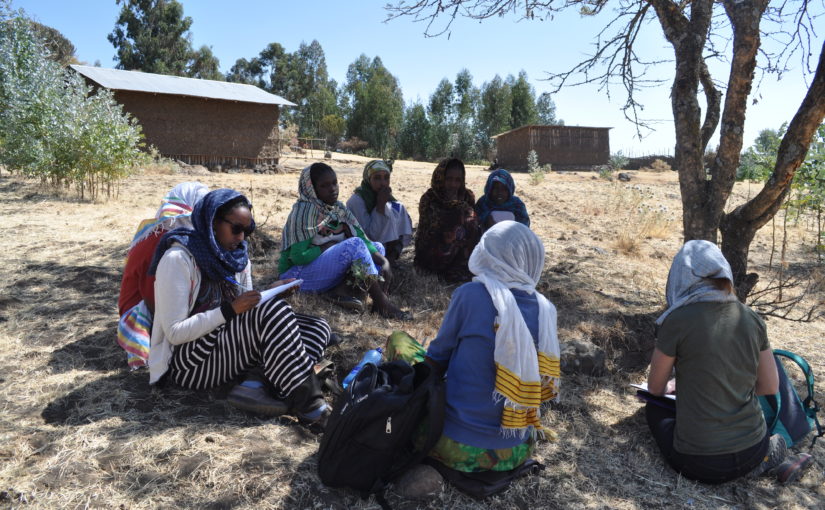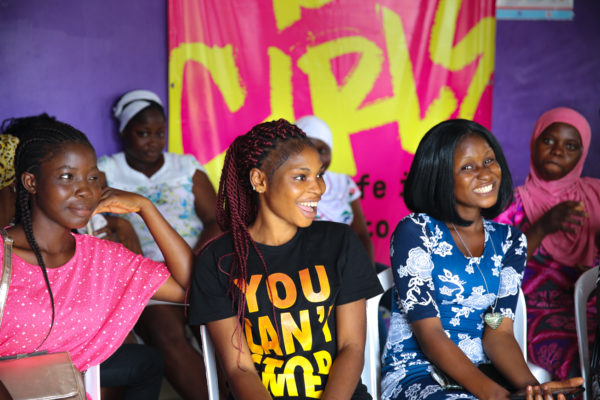This blog series is a part of the A360 Open Source, a treasure chest of learnings and tools that you can apply as we work, together, to drive youth-powered sexual and reproductive health breakthroughs.
Dear Future Implementers,
Let’s play a quick (virtual) game.
Raise your hand if you’ve ever worked on a project where young people have
partnered with you as co-decision makers.
Keep your hand raised if you’ve felt those young leader breathed new energy into your work.
For those of you with your hands up, you, like us, understand the power of including youth voices in the programs that serve them. And for those of you who want in, you’ve come to the right place.
In A360, young people have acted not only as data sources and consumers, but as data collectors and interpreters, analysts and designers. Their insights are the core of our work. By bringing young people in the heart of our process, in partnership with a fusion of other disciplines, we’ve built out a team equipped to best interpret what girls say they want and need, today.
What did we learn? And where did that take us?
Here are 5 recommendations based on the A360 experience:
1. To get youth-powered, have the right people in the room.
“What really sets A360 apart is the spirit of trust and humility. Experts from diverse disciplines came together and said, ‘maybe there’s another way to think about this.’” —Ahna Suleiman, Adolescent Developmental Scientist
For A360, that meant fusing new disciplines alongside young people to step into our consumers’ shoes and go where they took us. Here’s how that broke down:
Still curious? Click here to learn how a transdisciplinary approach can yield a new recipe for reaching adolescent girls.
2. To make contraception relevant and accessible to young people’s lives, start by asking young people: what matters to you, today?
“Youth know they have needs. But they weren’t linking their sexual and reproductive life to their future choices or freedoms. This is something that really came out in our research.”—Fatima Muhammad, Project Director A360, Society for Family Health
During insight gathering, young people told A360 they contraception wasn’t relevant to their lives. If anything they see it as a threat to their dreams of motherhood, something they view as desirable and achievable no matter the unpredictability within their lives. Interventions that lead with supporting girls’ self-identified dreams delivers an entry point to reaching, and resonating with, our target consumers. We’re helping girls set plans for their goals, and then helping them see contraception as a tool to get one step closer to achieving those dreams.
These insights offer guidance into how you, alongside young people, can change the conversation around contraception.
3. A life trajectories approach can help you understand not only where girls say they are now, but how they got there, and where they are likely to go next.
“I believe the value add of developmental science was really getting the entire team to embrace this ‘trajectory perspective’ — thinking not just about segmentation and the girls’ needs now, but where have these girls come from? Where are they going?’” —Ahna Suleiman, Adolescent Developmental Scientist
In Tanzania, A360 honed focus on two segments:
- “Faridas” who tend to be younger, less informed about their health and bodies, and more often tied to their mothers for social engagement and health decision
- “Bahatis” who tend to be older, are sexually active, more informed about their bodies and actively make their own health seeking decisions.
Both segments have a desire to take a next step in their lives, but that next step differs depending on if girls are “Faridas” or “Bahatis.”
Learn how A360 programming tailors to the types of girls we serve.
This technical publication offers insight into the approach taken, the resulting programming developed and what you can replicate for similar AYSRH interventions.
4. Girls needs extend beyond their reproductive health.
“To fellow implementers, I want to say, ‘really look at the needs of young people.’ Their needs are not necessarily what we think. This process has shown us that.” —Fifi Oluwatoyin Ogbondeminu, Senior Manager A360, Society for Family Health Nigeria
By combining AYSRH, adolescent developmental science, HCD, and cultural anthropology, you can tap into new messages that young girls in their exact developmental stage.
For example, in Ethiopia we were able to identify that as testosterone levels continue to rise in young husbands, messaging should speak to husband’s desire for status and external social approval. As testosterone levels plateau in girls and older male spouses, messages speak to their desire for a stable future.
5. Language matters. Drop words that spark concern.
“We learned to talk about contraception in a way that matters to her – focusing on return to fertility and how methods differ in that regard…Efficacy is way down the list. Do not lead with efficacy.” —Melissa Higbie, A360 Project Director, PSI
Girls express fear that contraception will harm their fertility, and by extension their dream of becoming mothers. Swap terms that focus on length (i.e. long-acting) to ones centered on “most effective” based on girls’ expressed and immediate desires. The goal is to ensure she knows that contraception is safe, reversible, valuable and for her, and that it will support her to achieve her ultimate goal of motherhood, when she chooses.
Want more? We’re not interested in sitting on secrets.
Dive into all we learned, and the tools you can use, in the A360 Open Source’s Insight Synthesis section.





